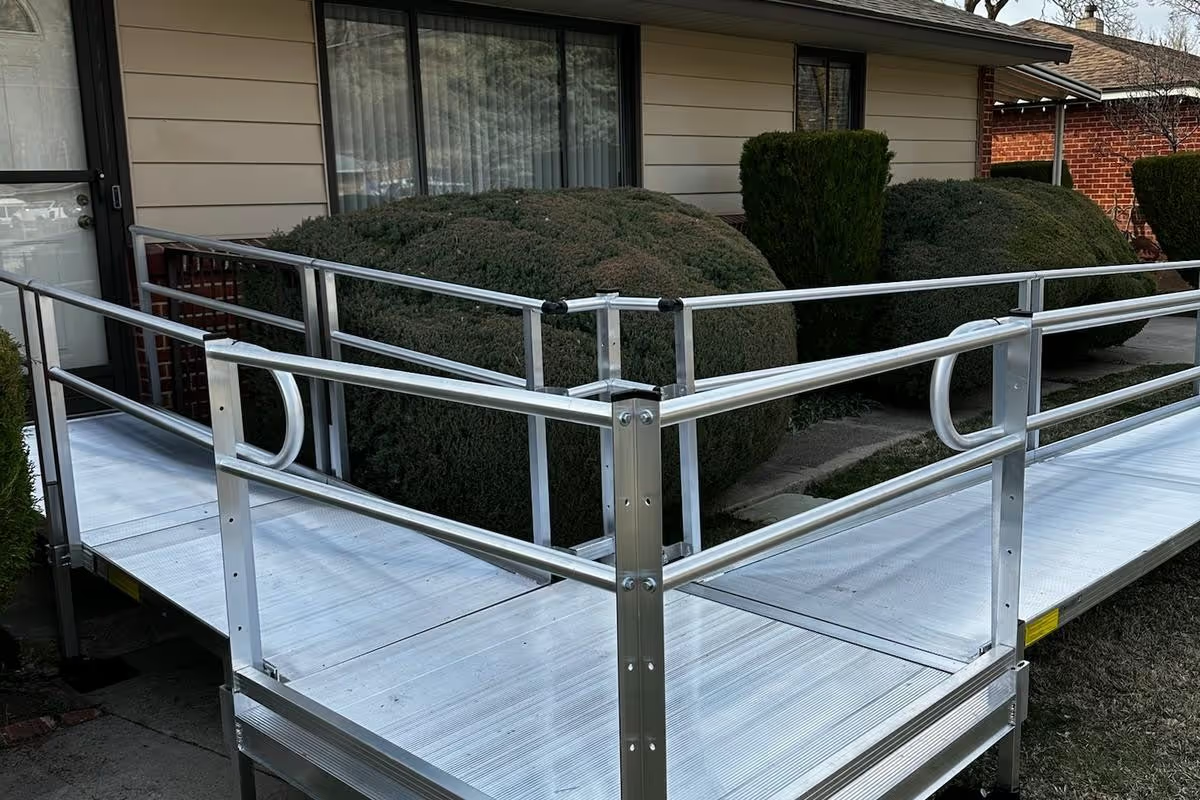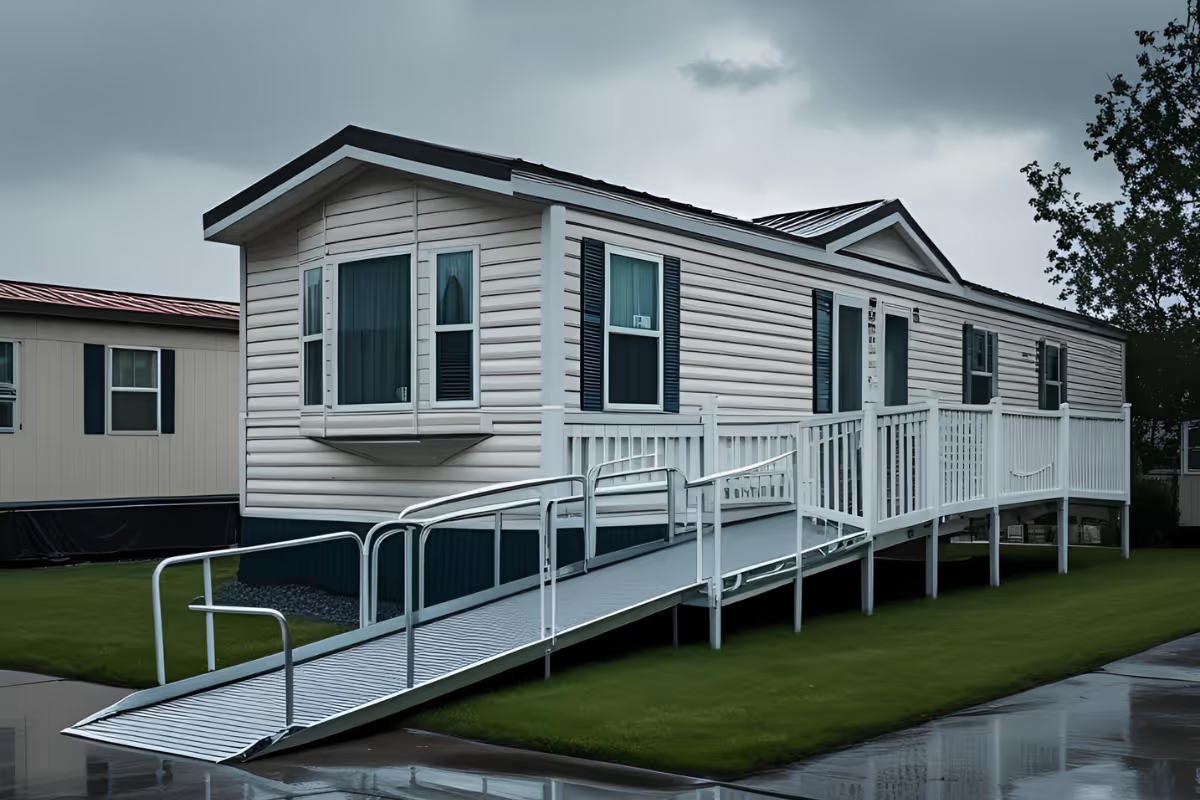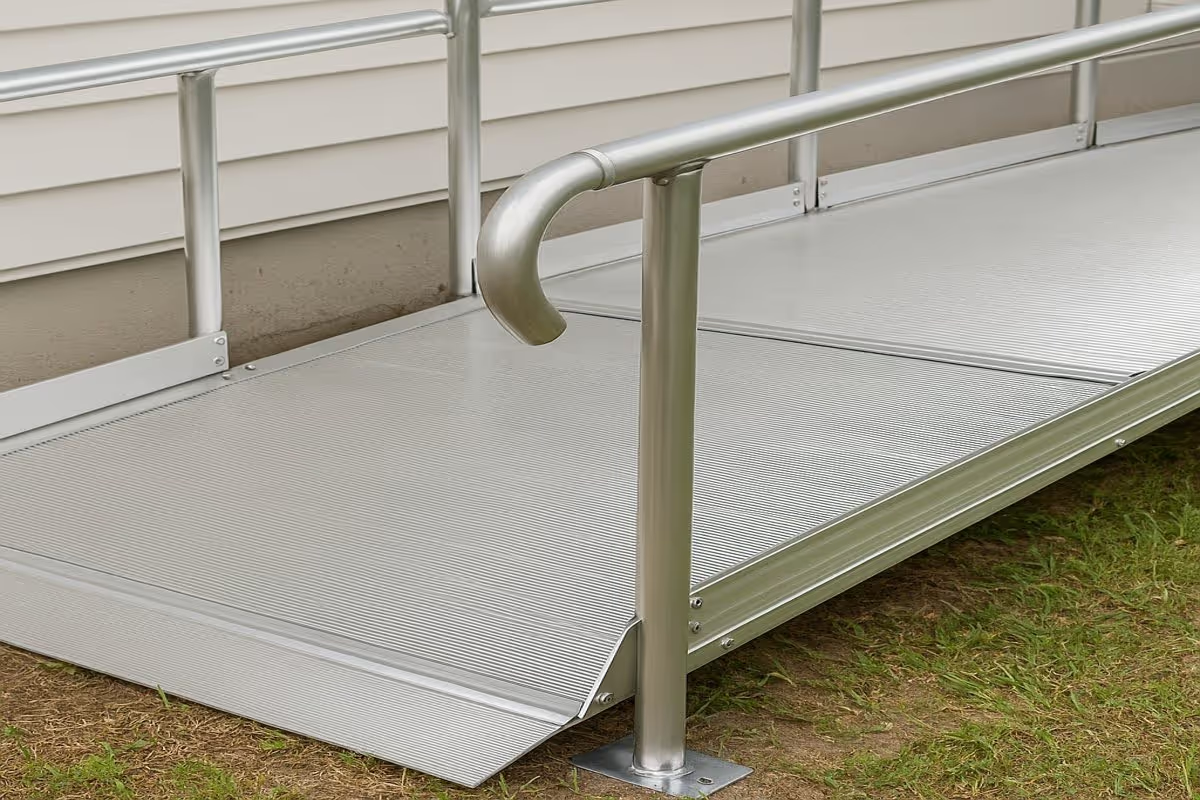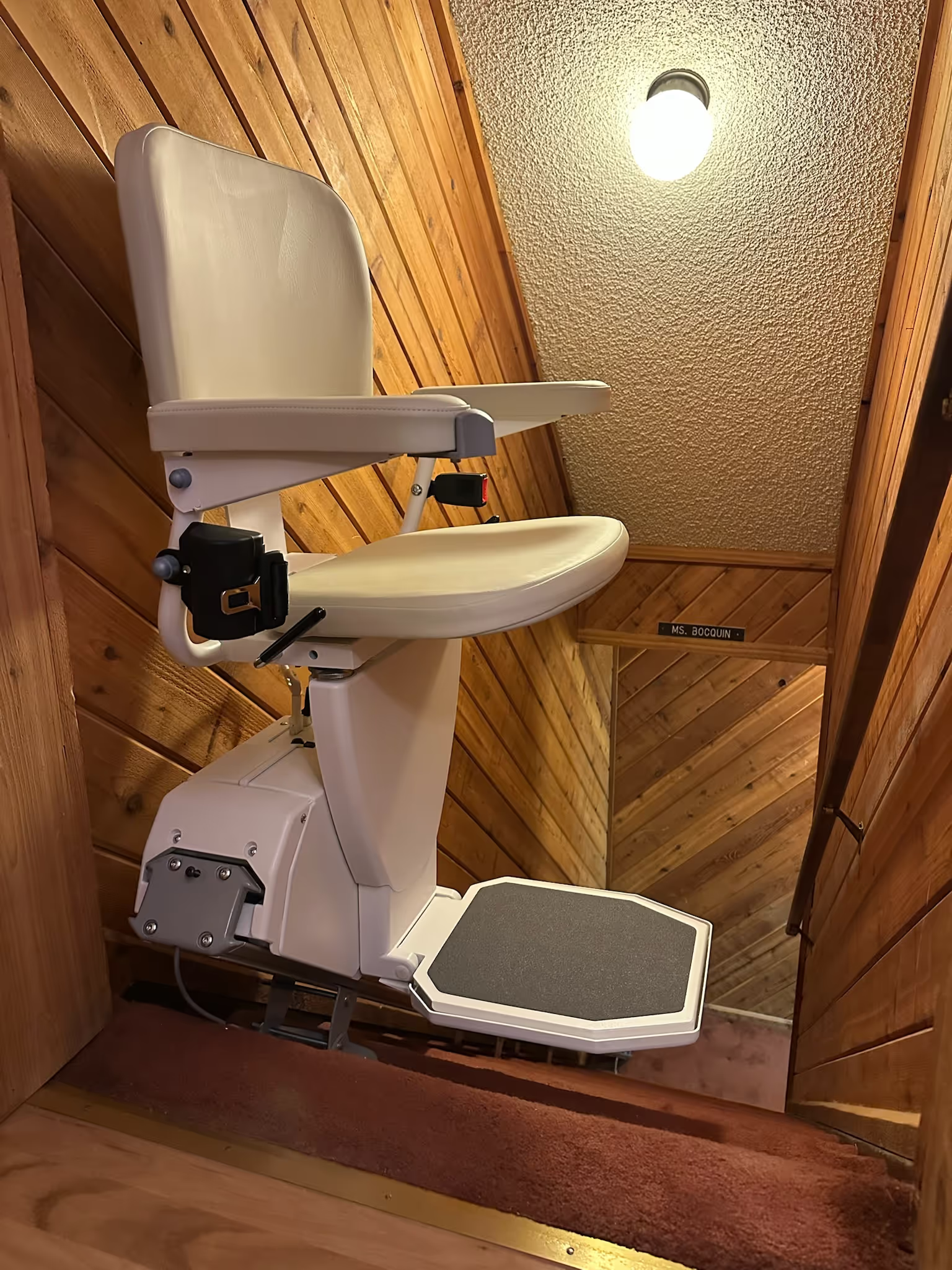Caring for Seniors with Mobility Issues

Caring for Seniors with Mobility Issues
When talking about aging, mobility becomes a major concern. If you have senior relatives living with you, you need to prepare for hazards related to limited mobility. These mobility issues can be solved through the installation of things such as stairlifts, vertical lifts, EZ access ramps, or usage of home mobility aids.
What causes mobility issues? Loss of muscle mass and function when we start to age is one of them. Muscle degradation begins as early as age 30.
Lack of physical activity as you age also factor into mobility issues. However, no matter how fit and active you are as you age, you’re still bound to experience age-related muscle loss.
The effects of muscle degradation will become increasingly significant in old age. You have to take extra precaution when you have senior loved ones living with you. You also need to ensure that senior relatives living independently have the means to address their mobility issues as well.
There are different mobility problems that you have to look out for. From unsteadiness while walking to falling, some situations might require you to take extra care of your loved one.
How can you ensure that you give your senior relatives an environment that will help them deal with mobility issues? Let’s take a look at some steps you can take to assist them.
Get a medical assessment
Come with your senior loved one to see a doctor. Understand their situation better by helping them get a physical evaluation to see if they have any health issues that can contribute to mobility problems. Mobility disabilities are the most common type of disability in adults–according to the CDC
Find out whether the medications they are currently taking might cause balance problems or drowsiness as well. This could increase the risk of accidents at home.
It’s also important to have their vision and hearing checked regularly. Impairment of either can also become a fall hazard eventually, so it’s best to see how they’re doing whenever you can.
Eliminate fall hazards at home
First, you must identify areas of the home where fall accidents are likely to occur. The bathroom, kitchen, and stairway are where most fall incidents occur, so you need to secure these areas.
You can add mats or rubber appliques in surfaces of those areas to prevent falls. You can also install raised toilet seats or shower bars to further assist your senior loved one whenever they need to use the bathroom.
Doing general cleaning around the home will also help you eliminate fall hazards. Make sure there aren’t any wires or uneven carpet surfaces that might trip them. Ensure that they have enough space to move around as well. Also, keep the home well-lit at all times.
Adopt healthy eating habits
Encourage your senior loved one to start eating healthily. It’s important for them to have a healthy diet because it will help build muscle mass.
Go grocery shopping with them and pick their food to prepare. Choose protein-rich food in order to help them maintain their strength. It will allow them to get around and go out freely on their own.
Make sure they include poultry, eggs, fish, and dairy. Give them nuts, seeds, and beans as well. It might take a while for them to adjust to eating healthily, especially if they are not used to eat, so you must help them ease into it properly.
Encourage physical activity
It’s important to let senior loved one stay active through old age. This will help strengthen their muscles and improve their flexibility and balance. It will allow them to manage their mobility issues better.
Easy weight training exercises that start off light will get them started until they adopt a workout plan. Even simple walking for fitness will be beneficial to fortify their muscles.
If they can, you can also encourage them to try yoga in order to enhance their flexibility. Every little workout counts since it improves their muscular function, so ensure that they’re getting enough exercise.
Use Home Mobility Aids
There are a lot of age-related mobility issues that can be greatly helped by mobility aids. These are great solutions that can make managing such problems easily.
You can ask your senior loved one’s physician if they will recommend any home mobility aids. To start with, you might want to try a walker or a mobility scooter, depending on their needs.
If you want to go farther, installing a walk-in tub or a stair lift might help your senior relative. These aids can help restore their independence as well. They can perform certain tasks on their own and without much assistance.
If you want to learn more about mobility aids and which ones are appropriate for your senior loved one, you may contact Western Stairlifts at (801) 386-2408. We offer free home evaluations and will be happy to help you choose from our selection of mobility solutions available.
.svg)





